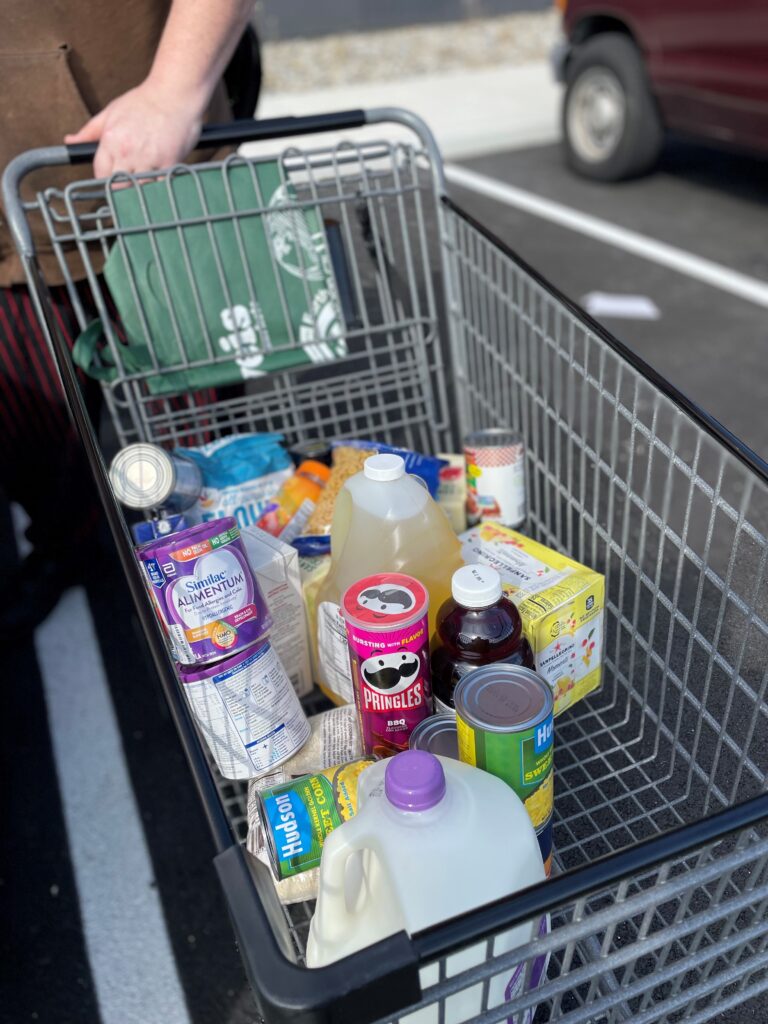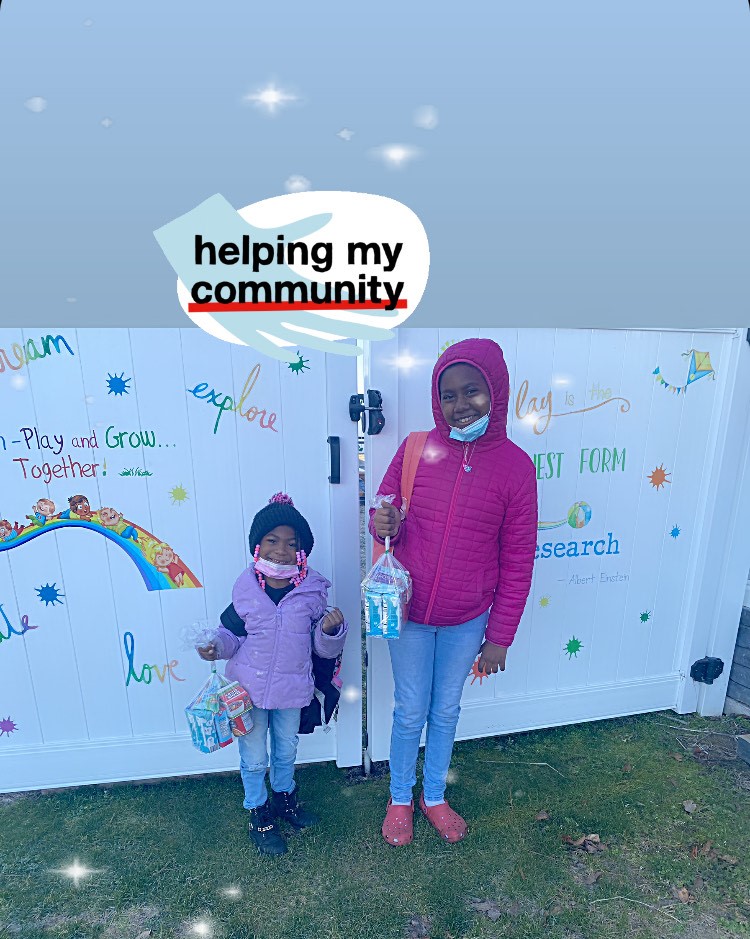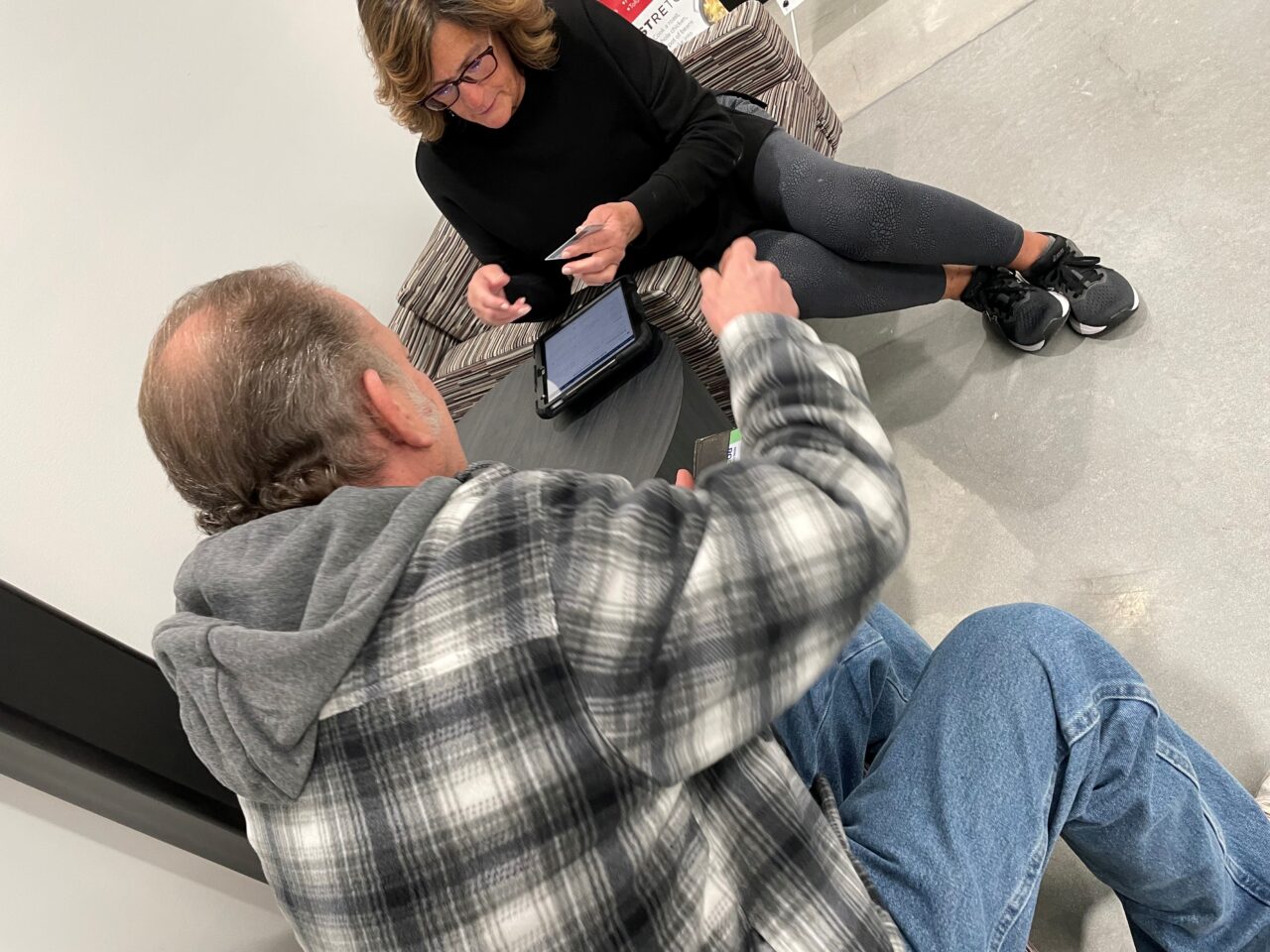Calling all SNAP-Ed Champions!
January 4, 2017
By Laura Sahd, RD, Community Nutritionist
Are you already a SNAP-Ed Champion? Are you interested in becoming a SNAP-Ed Champion? Are you curious what makes someone a SNAP-Ed Champion? Read on!
The Supplemental Nutrition Assistance Program Education (SNAP-Ed) Evaluation Framework describes a SNAP-Ed Champion as a community member, participant, partner, or organizational leader who extends his/her influence beyond direct delivery sites of SNAP-Ed interventions and provides sustained, charismatic leadership that successfully advocates for, creates appeal of, or improves access to nutrition and physical activity in various organizations or environmental settings.1
As the Food Bank of Delaware (FBD) SNAP-Ed team begins pursuing its 2017 goals, it will not be able to reach desired outcomes without the help of SNAP-Ed Champions throughout the state of Delaware.
The main goals of the SNAP-Ed department are to educate and inspire SNAP participants to make healthy food choices within the constraints of a limited budget and encourage the acquisition of healthy foods at FBD and partner sites. To meet these goals, the SNAP-Ed team has shifted its efforts from predominantly direct nutrition education classes to a combination of efforts.
Through Policy, Systems, and Environmental (PSE) changes with direct nutrition education and social marketing serving as reinforcements, the SNAP-Ed team is working to bring about behavioral changes that could potentially prevent nutrition-related health problems among the target audience of low-income, food-insecure Delawareans.
Food insecurity can cause people to choose foods with little to no nutritional value due to their lower price points and ubiquitous nature. Stretching food dollars in this way results in a diet high in calories, saturated fat, and added sugar and often low in fresh produce, lean protein, and low-fat dairy.
Research shows that low-income people are more likely to be overweight or obese and develop diabetes and high blood pressure than people with middle or upper incomes.2 Specifically, food-insecure adults are at a 50% greater risk for developing diabetes and a 20% greater risk for developing hypertension than other food secure adults.3
Since FBD is the root of the majority of food distributed in the emergency food system, the SNAP-Ed team will make PSE changes internally first to make food accessible within this system more nutritious. Once finalized, the FBD nutrition policy, based on Feeding America’s Foods to Encourage (F2E) framework, will guide FBD decisions regarding food acquisition and distribution to facilitate an increase in the availability of healthy foods to clients as well as alleviate hunger and food insecurity.
Next, the FBD SNAP-Ed team will work to educate Hunger Relief Partner (HRP) staff members and volunteers on the F2E policy, ways to prioritize SNAP eligible clients’ access to whole grains, fresh fruits and vegetables, and low-fat dairy, and nutrition education opportunities for their clients. The SNAP-Ed team will achieve this objective by visiting emergency food pantries to assess the variety and quality of foods offered and the effectiveness of the sites’ promotion of healthy foods.
Based on these assessments, the nutrition team will make recommendations to site staff members and volunteers on appropriate interventions including: development of a nutrition policy; nutritional “Nudges,” which consist of changes to the pantry layout, nutritional signage, food demos or tastings, strategic product placement, etc.; and implementation of direct nutrition education classes to the pantry clients.
Finally, in order to maximize the effectiveness of the more than 300,000 after-school and summer meals provided to children by FBD, the SNAP-Ed team will implement “Nudges,” direct education, and indirect education at feeding sites to encourage more children to consume a healthier and more diverse diet. The SNAP-Ed team will also create a handbook and training module for site personnel to promote healthy eating behaviors, provide incentives for children to try new foods, and more!
If these initiatives are important to you and you would like to become a SNAP-Ed Champion and/or offer a nutrition program or class please contact:
New Castle County
Laura Sahd, RD
Community Nutritionist
(302) 292-1305 ext 256
lsahd@fbd.org
Kirsten Kelley, BA, BS
Community Nutrition Educator
(302) 292-1305 ext. 262
kkelley@fbd.org
Kent and Sussex Counties
Asia Thurston
Community Nutrition Educator
(302) 393-2013
athurston@fbd.org
For more information on the SNAP program, click here.
For the USDA’s Team Nutrition page, please click here.
For more nutrition information click here.
References
- The Supplemental Nutrition Assistance Program Education (SNAP-Ed) Evaluation Framework: Nutrition, Physical Activity, and Obesity Prevention Indicators. United States Department of Agriculture website. https://snaped.fns.usda.gov/snap/EvaluationFramework/SNAP-EdEvaluationFrameworkInterpretiveGuide.PDF. Accessed December 20, 2016
- Center for Weight and Health, UC Berkeley. The health and diet rationale for a nutrition policy [PowerPoint]. Published 2015.
- Seligman HK, Laraia BA, Kushel MB. Food insecurity is associated with chronic disease among low-income NHANES participants. J Nutr. 2010; 140: 304-310. doi:10.3945/jn.109.112573.










